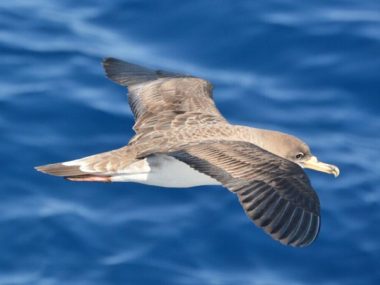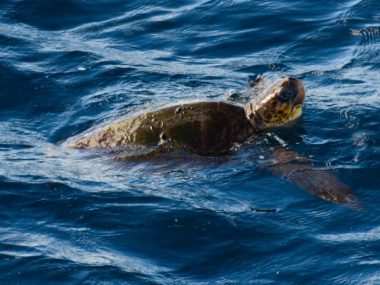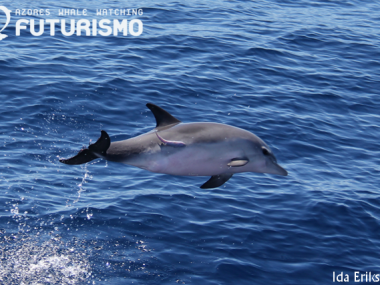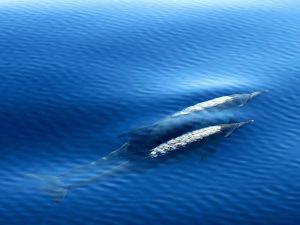Larusridibundus | Black-headed gull
The black-headed gull is a small sized seagull that is is relatively abundant in Portugal. The underparts are white, the upperparts are silver and the wingtips are black. During the summer season the head of the males is dark brown whereas during the winter they have only a small spot behind the eyes. The juvenile differs from the adults in their colouration, being almost completely brown with white underparts. They form flocks of hundreds or even thousands and often mix with other seagull species. In Portugal (including the Azores) the black-headed gull is frequently sighted in the winter (with their winter plumage). Nesting occurs between July and March. At this time individuals extend further north throughout North America and Asia. The nests are constructed out of plant material from the ground and can be located in cliffs as well as buildings. This species is classified as “uncommon breeding” in the Azores.
Length: 35 – 39 cm
Weight: 200 – 400 g
Wingspan: 86 – 99 cm
Population: 7,300,000 – 11,000,000
Longevity: 32 years
Diet: Worms, invertebrates, food scraps, garbage, fish
Eggs: 2 – 3
Incubation: 23 – 26 days
Nesting sites: On the soil, buildings, cliffs
Fledging: c.35 days
In other languages
Portuguese: Guincho-comum
Spanish: Gaviota reidora
French: Mouette rieuse
Italian: gabbiano comune
German: Lachmöwe
Dutch: Kokmeeuw
Swedish: Skrattmås
Norwegian: Hettemåke
Danish: Hættemågen
Finnish: Naurulokki








